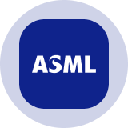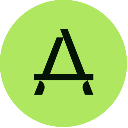-
 Bitcoin
Bitcoin $112200
-0.88% -
 Ethereum
Ethereum $4329
-0.97% -
 XRP
XRP $2.969
-1.76% -
 Tether USDt
Tether USDt $0.0000
0.00% -
 BNB
BNB $884.9
0.16% -
 Solana
Solana $221.0
0.69% -
 USDC
USDC $0.9997
0.00% -
 Dogecoin
Dogecoin $0.2418
0.32% -
 TRON
TRON $0.3368
0.56% -
 Cardano
Cardano $0.8813
-1.09% -
 Hyperliquid
Hyperliquid $55.27
1.41% -
 Chainlink
Chainlink $23.64
-0.35% -
 Ethena USDe
Ethena USDe $1.001
0.01% -
 Sui
Sui $3.539
-1.75% -
 Stellar
Stellar $0.3774
-2.26% -
 Bitcoin Cash
Bitcoin Cash $580.5
-0.77% -
 Avalanche
Avalanche $27.05
3.68% -
 Hedera
Hedera $0.2329
0.15% -
 UNUS SED LEO
UNUS SED LEO $9.552
0.03% -
 Litecoin
Litecoin $113.2
-0.92% -
 Cronos
Cronos $0.2558
2.32% -
 Toncoin
Toncoin $3.115
-0.63% -
 Shiba Inu
Shiba Inu $0.00001296
-0.84% -
 Polkadot
Polkadot $4.113
-0.89% -
 Uniswap
Uniswap $9.680
-0.80% -
 Ethena
Ethena $0.8148
-4.08% -
 Dai
Dai $0.9999
0.02% -
 World Liberty Financial
World Liberty Financial $0.2033
-7.09% -
 Monero
Monero $268.1
-1.33% -
 Aave
Aave $298.2
-3.57%
Can Bollinger Bands predict tops and bottoms? How to combine with other indicators?
Bollinger Bands signal potential tops and bottoms, but combining them with RSI, MACD, and volume indicators enhances accuracy in trading strategies.
May 21, 2025 at 04:07 pm
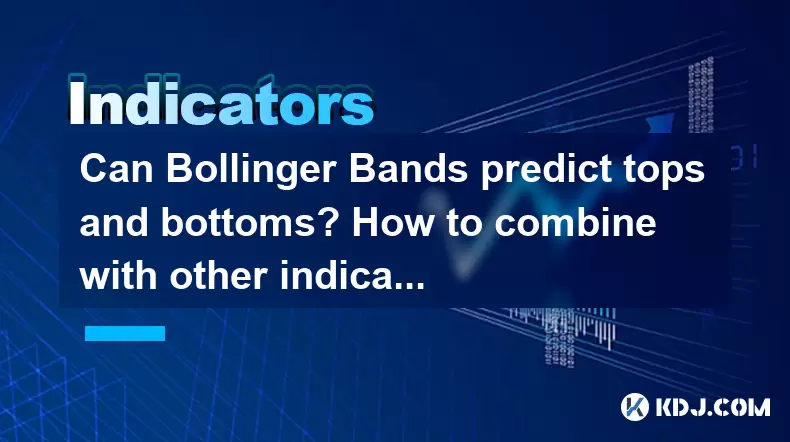
Bollinger Bands are a popular technical analysis tool used by traders to assess market volatility and potential price movements. Developed by John Bollinger, these bands consist of a middle band being a simple moving average (SMA), usually set at 20 periods, and two outer bands that are standard deviations away from the middle band. The outer bands are typically set two standard deviations above and below the SMA. Traders often use Bollinger Bands to identify overbought and oversold conditions, but the question remains: can they predict tops and bottoms accurately? Moreover, how can they be combined with other indicators to enhance trading strategies?
Understanding Bollinger Bands
Bollinger Bands are designed to provide a relative definition of high and low prices. When the price moves closer to the upper band, it is considered overbought, and when it moves closer to the lower band, it is considered oversold. The bands widen during periods of high volatility and contract during periods of low volatility. While Bollinger Bands can indicate potential reversal points, they do not predict tops and bottoms with absolute certainty. Instead, they offer signals that need to be confirmed by other indicators or price action.
Identifying Tops and Bottoms with Bollinger Bands
To identify potential tops and bottoms using Bollinger Bands, traders often look for specific patterns and signals. One common signal is the Bollinger Band Squeeze, which occurs when the bands contract significantly, indicating low volatility and a potential upcoming breakout. A breakout above the upper band can signal a potential top, while a breakout below the lower band can signal a potential bottom. However, these signals should be used cautiously and in conjunction with other indicators.
Combining Bollinger Bands with RSI
The Relative Strength Index (RSI) is another widely used indicator that can complement Bollinger Bands. The RSI measures the speed and change of price movements and oscillates between 0 and 100. A reading above 70 indicates overbought conditions, while a reading below 30 indicates oversold conditions. When combined with Bollinger Bands, traders can look for divergence between the RSI and price action. For example, if the price touches the upper Bollinger Band and the RSI shows a bearish divergence (higher highs in price but lower highs in RSI), it could signal an impending top. Conversely, if the price touches the lower Bollinger Band and the RSI shows a bullish divergence (lower lows in price but higher lows in RSI), it could signal an impending bottom.
Using Bollinger Bands with MACD
The Moving Average Convergence Divergence (MACD) is another powerful indicator that can be used in conjunction with Bollinger Bands. The MACD measures the relationship between two moving averages of a security's price. It consists of the MACD line, the signal line, and the histogram. When the MACD line crosses above the signal line, it is a bullish signal, and when it crosses below, it is a bearish signal. Traders can use the MACD to confirm signals from Bollinger Bands. For instance, if the price breaks above the upper Bollinger Band and the MACD line crosses above the signal line, it could confirm a potential top. Similarly, if the price breaks below the lower Bollinger Band and the MACD line crosses below the signal line, it could confirm a potential bottom.
Bollinger Bands and Volume Indicators
Volume indicators, such as the On-Balance Volume (OBV), can also be used with Bollinger Bands to predict tops and bottoms. The OBV measures buying and selling pressure by adding volume on up days and subtracting volume on down days. A rising OBV indicates bullish pressure, while a falling OBV indicates bearish pressure. When combined with Bollinger Bands, traders can look for confirmation from the OBV. For example, if the price touches the upper Bollinger Band and the OBV is declining, it could signal a potential top. Conversely, if the price touches the lower Bollinger Band and the OBV is rising, it could signal a potential bottom.
Practical Application: Setting Up Bollinger Bands and Other Indicators
To set up Bollinger Bands and other indicators in a trading platform, follow these steps:
- Select a trading platform: Most platforms like TradingView, MetaTrader, or Binance allow for the use of technical indicators.
- Add Bollinger Bands:
- Navigate to the indicators menu.
- Search for Bollinger Bands.
- Add the indicator to the chart.
- Adjust the settings if necessary (default is usually 20 periods for the SMA and 2 standard deviations for the outer bands).
- Add RSI:
- Navigate to the indicators menu.
- Search for RSI.
- Add the indicator to the chart.
- Adjust the settings if necessary (default is usually 14 periods).
- Add MACD:
- Navigate to the indicators menu.
- Search for MACD.
- Add the indicator to the chart.
- Adjust the settings if necessary (default is usually 12, 26, and 9 periods).
- Add OBV:
- Navigate to the indicators menu.
- Search for OBV.
- Add the indicator to the chart.
- Adjust the settings if necessary (default is usually the closing price).
Once the indicators are set up, traders can monitor the signals and look for confluence between Bollinger Bands and other indicators to make more informed trading decisions.
Case Study: Combining Bollinger Bands with RSI and MACD
Let's consider a hypothetical case study to illustrate how Bollinger Bands can be combined with RSI and MACD to predict tops and bottoms. Suppose Bitcoin is trading at $40,000 and touches the upper Bollinger Band. At the same time, the RSI is above 70, indicating overbought conditions, and the MACD line crosses below the signal line, generating a bearish signal. This confluence of signals could suggest a potential top, and traders might consider selling or taking profits.
Conversely, if Bitcoin is trading at $30,000 and touches the lower Bollinger Band, the RSI is below 30, indicating oversold conditions, and the MACD line crosses above the signal line, generating a bullish signal. This confluence of signals could suggest a potential bottom, and traders might consider buying or adding to their positions.
Limitations and Considerations
While Bollinger Bands can be a valuable tool for predicting tops and bottoms, they have limitations. False signals can occur, and relying solely on Bollinger Bands can lead to poor trading decisions. It is crucial to use them in conjunction with other indicators and to consider the broader market context. Additionally, traders should practice risk management and use stop-loss orders to protect their capital.
Frequently Asked Questions
Q: Can Bollinger Bands be used effectively in all market conditions?A: Bollinger Bands can be used in various market conditions, but their effectiveness may vary. In trending markets, they can help identify potential continuation or reversal points. In ranging markets, they can highlight overbought and oversold levels. However, during periods of extreme volatility or low liquidity, Bollinger Bands may generate more false signals, requiring traders to be cautious and use additional confirmation tools.
Q: How often should I adjust the settings of Bollinger Bands?A: The default settings of Bollinger Bands (20 periods for the SMA and 2 standard deviations for the outer bands) are widely used and generally effective. However, traders may need to adjust these settings based on the specific asset they are trading and the timeframe they are using. For example, shorter timeframes might require fewer periods for the SMA, while more volatile assets might require a different number of standard deviations. It is advisable to test different settings in a demo account before applying them to live trading.
Q: Are there any other indicators that work well with Bollinger Bands besides RSI and MACD?A: Yes, several other indicators can complement Bollinger Bands. The Stochastic Oscillator can be used to confirm overbought and oversold conditions. The Average True Range (ATR) can help gauge market volatility, which is useful when interpreting Bollinger Band width. Additionally, the Parabolic SAR can be used to identify potential trend reversals, providing another layer of confirmation for Bollinger Band signals.
Q: How can I avoid false signals when using Bollinger Bands?A: To avoid false signals, traders should use Bollinger Bands in conjunction with other indicators and consider the broader market context. Waiting for confirmation from multiple indicators can help filter out false signals. Additionally, using trend analysis and volume indicators can provide further validation. It is also essential to practice patience and not rush into trades based on a single signal from Bollinger Bands.
Disclaimer:info@kdj.com
The information provided is not trading advice. kdj.com does not assume any responsibility for any investments made based on the information provided in this article. Cryptocurrencies are highly volatile and it is highly recommended that you invest with caution after thorough research!
If you believe that the content used on this website infringes your copyright, please contact us immediately (info@kdj.com) and we will delete it promptly.
- BlockDAG, DOGE, and XRP: Navigating Crypto Milestones in a Shifting Market
- 2025-09-10 14:25:15
- Meme Coins, Crypto Whales, and Investment Strategies: What's Hot in 2025?
- 2025-09-10 14:25:15
- Cloud Mining in 2025: Platforms Delivering Reliable Profits
- 2025-09-10 14:30:12
- Meme Coins, ChatGPT, and Investing: Riding the Crypto Wave in Style
- 2025-09-10 15:10:12
- Bitcoin, Ethereum, and Futures Trading: Navigating the Crypto Landscape
- 2025-09-10 15:10:12
- Dogecoin ETF Approval Odds Soar: Brace for a Price Surge?
- 2025-09-10 14:50:12
Related knowledge
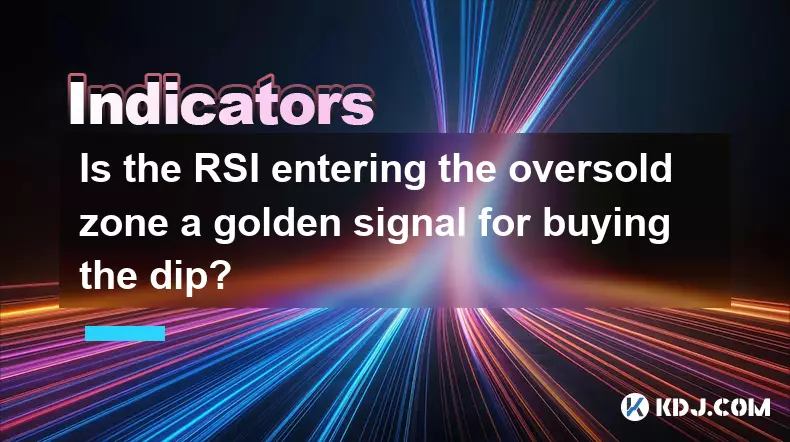
Is the RSI entering the oversold zone a golden signal for buying the dip?
Sep 09,2025 at 02:55pm
Understanding the RSI and Its Role in Crypto Trading1. The Relative Strength Index (RSI) is a momentum oscillator widely used in the cryptocurrency ma...
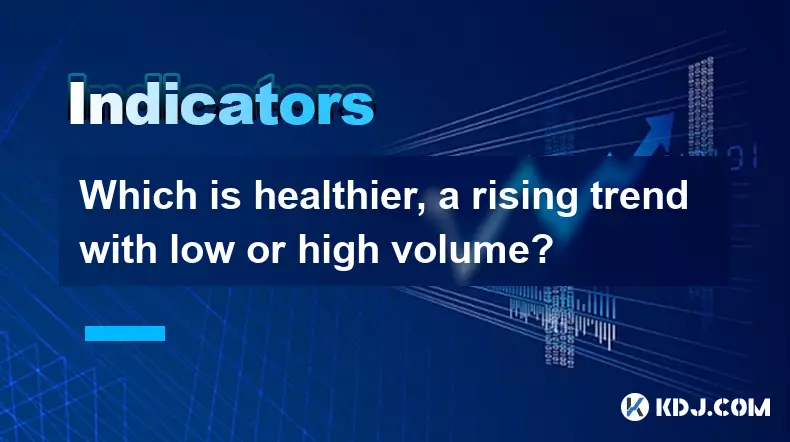
Which is healthier, a rising trend with low or high volume?
Sep 09,2025 at 04:00pm
Understanding Volume in Market Trends1. Volume serves as a critical indicator when analyzing the strength of a rising trend in cryptocurrency markets....

Is a MACD histogram turning from green to red a long signal?
Sep 09,2025 at 01:54pm
Understanding the MACD Histogram in Crypto Trading1. The MACD (Moving Average Convergence Divergence) histogram is a visual representation of the diff...
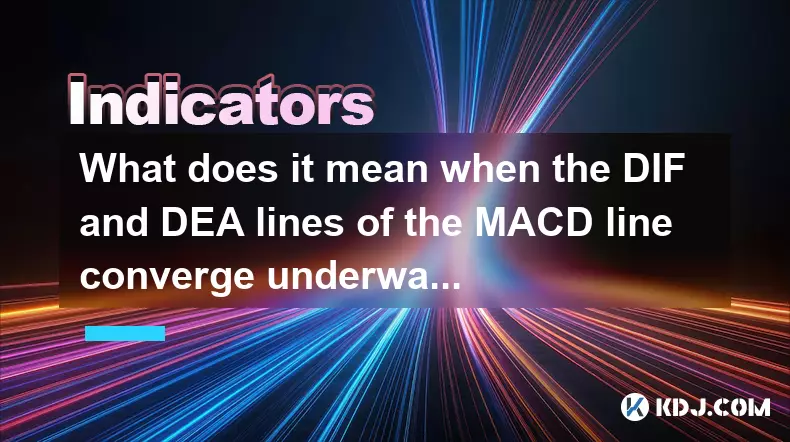
What does it mean when the DIF and DEA lines of the MACD line converge underwater?
Sep 09,2025 at 07:55am
Understanding MACD Components in Bearish Territory1. The MACD indicator consists of three elements: the DIF (Difference), DEA (Signal line), and the M...

Is the red-green reversal point of the SAR indicator a precise buy or sell point?
Sep 09,2025 at 11:18am
Understanding the SAR Indicator in Cryptocurrency TradingThe SAR (Stop and Reverse) indicator, developed by J. Welles Wilder Jr., is a popular tool us...
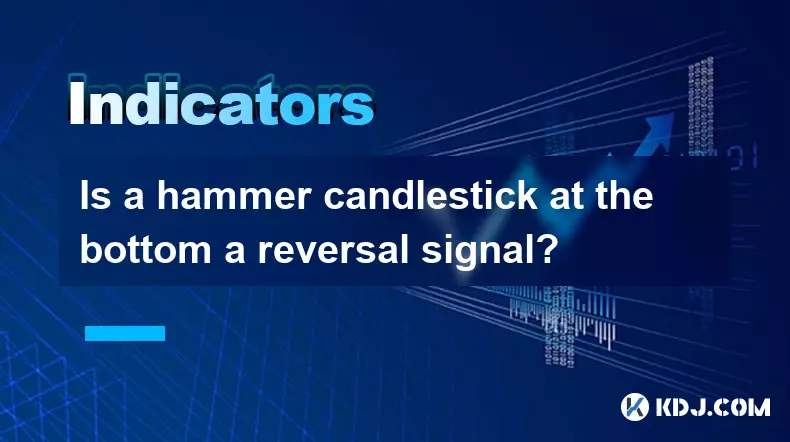
Is a hammer candlestick at the bottom a reversal signal?
Sep 10,2025 at 01:01am
Understanding the Hammer Candlestick Pattern1. The hammer candlestick is a single-candle formation that typically appears at the end of a downtrend. I...

Is the RSI entering the oversold zone a golden signal for buying the dip?
Sep 09,2025 at 02:55pm
Understanding the RSI and Its Role in Crypto Trading1. The Relative Strength Index (RSI) is a momentum oscillator widely used in the cryptocurrency ma...

Which is healthier, a rising trend with low or high volume?
Sep 09,2025 at 04:00pm
Understanding Volume in Market Trends1. Volume serves as a critical indicator when analyzing the strength of a rising trend in cryptocurrency markets....

Is a MACD histogram turning from green to red a long signal?
Sep 09,2025 at 01:54pm
Understanding the MACD Histogram in Crypto Trading1. The MACD (Moving Average Convergence Divergence) histogram is a visual representation of the diff...

What does it mean when the DIF and DEA lines of the MACD line converge underwater?
Sep 09,2025 at 07:55am
Understanding MACD Components in Bearish Territory1. The MACD indicator consists of three elements: the DIF (Difference), DEA (Signal line), and the M...

Is the red-green reversal point of the SAR indicator a precise buy or sell point?
Sep 09,2025 at 11:18am
Understanding the SAR Indicator in Cryptocurrency TradingThe SAR (Stop and Reverse) indicator, developed by J. Welles Wilder Jr., is a popular tool us...

Is a hammer candlestick at the bottom a reversal signal?
Sep 10,2025 at 01:01am
Understanding the Hammer Candlestick Pattern1. The hammer candlestick is a single-candle formation that typically appears at the end of a downtrend. I...
See all articles
















